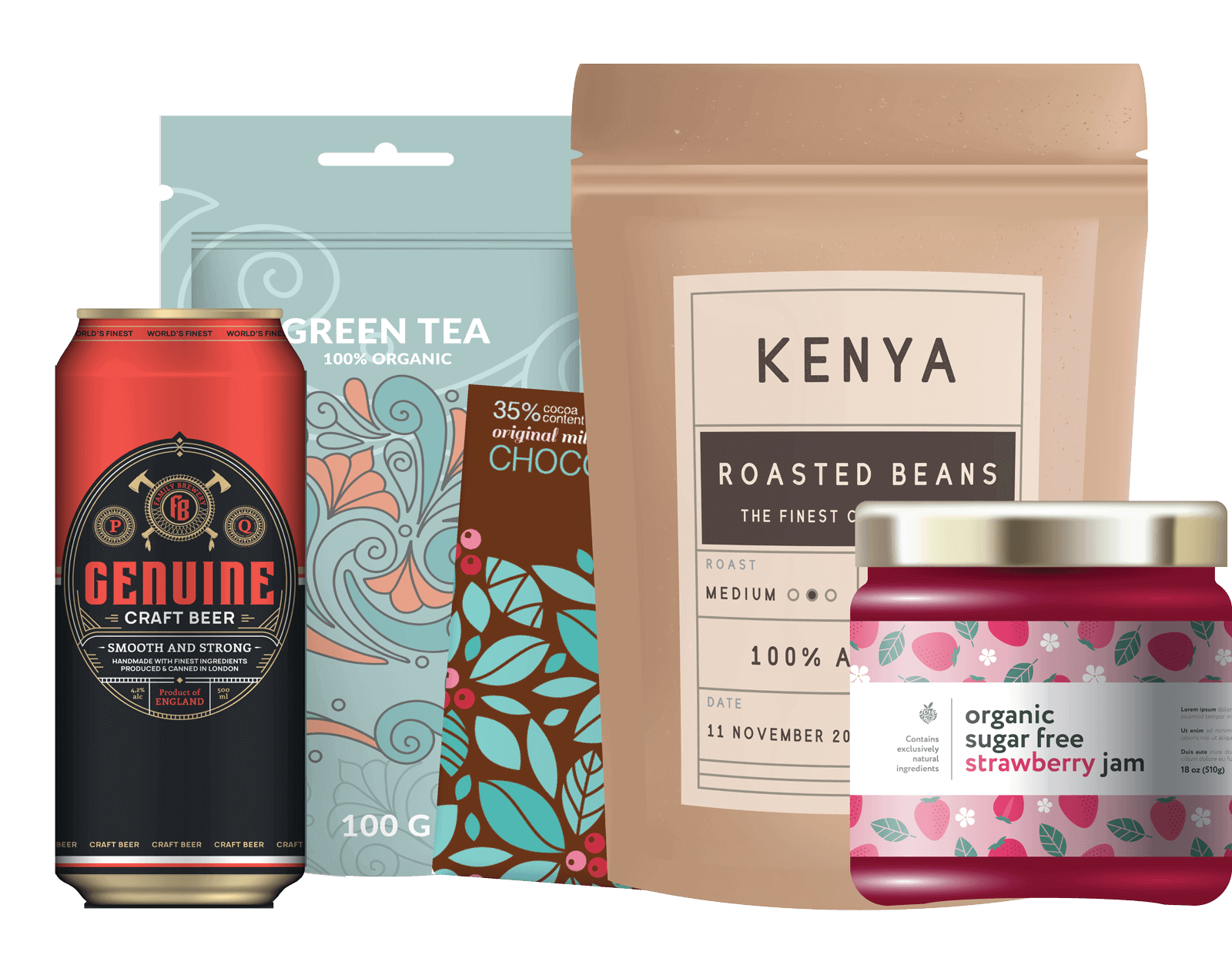With last month being National Child Safety and Protection Month, we wanted to touch on one pressing issue that remains prevalent: childhood poisoning in the home. Most poisonings involve open containers and negligence. However, far too many cases involve poor packaging. Companies can face legal ramifications and a tarnished reputation depending on the circumstances.
Here are some simple, practical solutions to improve the safety of your products.
What Is Child-Resistant Packaging?
Child-resistant packaging is referred to as “special packaging” as it helps reduce the risk of children ingesting hazardous materials. This packaging is constructed or designed to be difficult for children under five years of age to open within a reasonable time, yet not difficult for adults to use appropriately.
The most common example is a specially designed safety cap. Child-resistant closures require two motions to remove them from a jar or bottle, making it challenging for a child to access its contents.
The two most common types of closures are:
- Push down and turn — the required action is conveyed through text or imagery on the closure.
This type of child-resistant closure is often used for pharmaceutical and nutraceutical pills, gummies and liquids.
- Squeeze lock — this requires pushing two designated points on the closure while simultaneously turning clockwise.
Pouches also have the option for child-resistant packaging when a child-resistant zipper is used. This style of pouch is common within the cannabis industry. For example, edibles often look like their non-THC counterparts. Gummies or cookies can look appealing to a child, resulting in cannabis intoxication.
In Canada, following the legalization of recreational marijuana use, Ontario saw nine times more emergency department (ED) visits per month for cannabis poisonings in young children under 10.
Lastly, there are sprayers designed with child-resistant triggers. This type of packaging is ideal for chemicals that children may encounter, such as pest control products and other chemical sprays.
Know the Facts
Packaging plays a significant role in safety — for example, lowering the risk of poisoning. According to the CDC, 374 children in the United States aged 0 to 19 are treated in an emergency department daily, and two children die from poisoning. Although chemicals are common culprits, not all dangers have clear warning labels. Everyday cleaners and medicines are often left out with little thought.

Medications are the most prevalent issue, with approximately 165 American kids entering emergency rooms daily for medication-related treatment. Annually, half a million children under five experience potential poisoning from medications. These instances are preventable, with 95% of visits caused by a child ingesting medication while unsupervised and approximately 5% from dosing errors made by caregivers.
As more states continue to legalize marijuana, this is another crucial concern. A total of 37 states, three territories and the District of Columbia have legalized marijuana for medical use. Many of these products are new to the market, so brands may not have considered all the safety variables for children.
For more information, access resources from the Consumer Product Safety Commission, the governing agency on child-resistant packaging.
Tips To Reduce Risk While Achieving Business Growth
- Poisoning isn’t the only concern: Sometimes, you must consider the best materials beyond traditional child-resistant packaging. In some cases, the packaging itself could harm a child. For example, consider plastic if you sell sauces, jams, jellies, or similar products that typically come in glass jars. This material poses less risk of shattering and resulting in injury.
- Keeping it simple: Many mechanisms are user-friendly and straightforward. For example, a trigger spray with an on/off setting may be all that’s required to prevent a potentially lethal accident. A grab-and-spray bottle is too easy for a curious child to use. Taking this minor step could help protect children and your company.
- Make changes now: The child-resistance packaging market is expected to grow significantly over the next decade. Even if your product is not mandated to be in child-resistant packaging, you may still want to consider safe packaging options. Taking these steps will showcase your brand as a company that cares about the well-being of consumers.
Put Safety First With MJS Packaging
At MJS Packaging, we help our customers source and purchase quality packaging, focusing on their unique needs and goals. Child-resistant packaging should be a priority whether you sell pharmaceuticals, chemicals, or cannabis products. We will guide you toward the best options, ensuring greater child safety to support your growing business.
Contact our knowledgeable packaging solutions specialists at (800) 915-2262.





